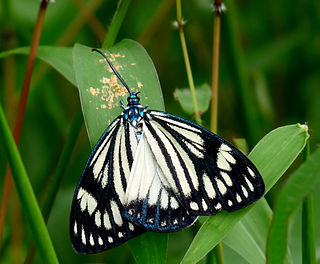
The Zygaenidae moths are a family of Lepidoptera. The majority of zygaenids are tropical, but they are nevertheless quite well represented in temperate regions. Some of the 1000 or so species are commonly known as burnet or forester moths, often qualified by the number of spots, although other families also have 'foresters'. They are also sometimes called smoky moths.

Notodontidae is a family of moths with approximately 3,800 known species. The family was described by James Francis Stephens in 1829. Moths of this family are found in all parts of the world, but they are most concentrated in tropical areas, especially in the New World.

Schinia, commonly called flower moths, is a large genus of moths belonging to the family Noctuidae. The genus has a Holarctic distribution with the vast majority of species being found in North America, many with a very restricted range and larval food plant.
Agathiphaga is a genus of moths in the family Agathiphagidae, known as kauri moths. This caddisfly-like lineage of primitive moths was first reported by Lionel Jack Dumbleton in 1952, as a new genus of Micropterigidae.

The Thyatirinae, or false owlet moths, are a subfamily of the moth family Drepanidae with about 200 species described. Until recently, most classifications treated this group as a separate family called Thyatiridae.

Pygaera is a monotypic moth genus of the family Notodontidae erected by Ferdinand Ochsenheimer in 1810. Its only species, Pygaera timon, was first described by Jacob Hübner in 1803. It is found in northern and central Europe, through eastern Asia up to Ussuri and Japan.
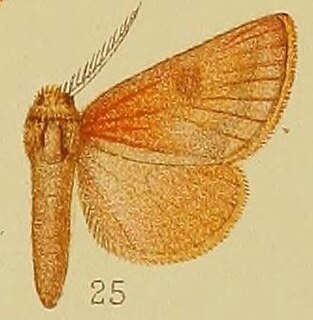
Clostera is a genus of moths of the family Notodontidae. It consists of the following species:

Clostera anachoreta, the scarce chocolate-tip, is a moth of the family Notodontidae. The species was first described by Michael Denis and Ignaz Schiffermüller in 1775. It is found from Europe up to Japan and Korea.

Clostera pigra, the small chocolate-tip, is a moth of the family Notodontidae. The species was first described by Johann Siegfried Hufnagel in 1766. It is a Palearctic species found from Europe ranging to Morocco in the south and eastern Asia in the east.
Clostera powelli is a moth of the family Notodontidae. It is found in North Africa, more specifically in Morocco and Algeria.
Clostera inclusa, the angle-lined prominent moth, many-lined prominent or poplar tentmaker, is a moth of the family Notodontidae. The species was first described by Jacob Hübner in 1831. It is found in North America, including Arkansas, Colorado, Florida, Georgia, Illinois, New Hampshire, New York, North Carolina, Oklahoma, Ontario, Oregon, Pennsylvania, South Carolina and Virginia.
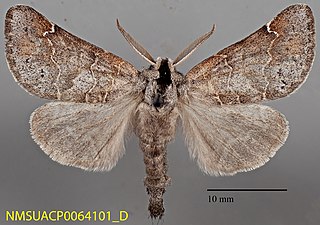
Clostera paraphora is a species of moth in the family Notodontidae. It was first described by Harrison Gray Dyar Jr. in 1921 and it is found in North America.
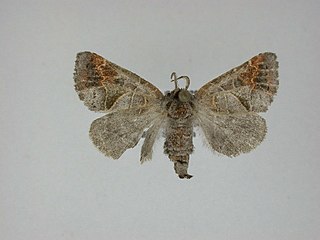
Clostera apicalis, the apical prominent or red-marked tentmaker, is a species of moth in the family Notodontidae. It was first described by Francis Walker in 1855 and it is found in North America.

Clostera brucei, the Bruce's prominent moth or Bruce's chocolate-tip, is a species of moth in the family Notodontidae. It was first described by Henry Edwards in 1885 and it is found in North America.

Clostera inornata is a species of moth in the family Notodontidae. It was first described by Berthold Neumoegen in 1882 and it is found in North America.

Clostera strigosa, the striped chocolate-tip or drab tent-maker moth, is a species of moth in the family Notodontidae. It was first described by Augustus Radcliffe Grote in 1882 and it is found in North America.
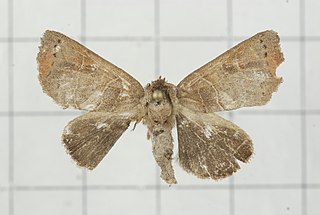
Clostera restitura is a moth of the family Notodontidae first described by Francis Walker in 1865. It is found in Oriental tropics of India, Sri Lanka, and from Hong Kong to Sundaland.
This page is based on this
Wikipedia article Text is available under the
CC BY-SA 4.0 license; additional terms may apply.
Images, videos and audio are available under their respective licenses.














